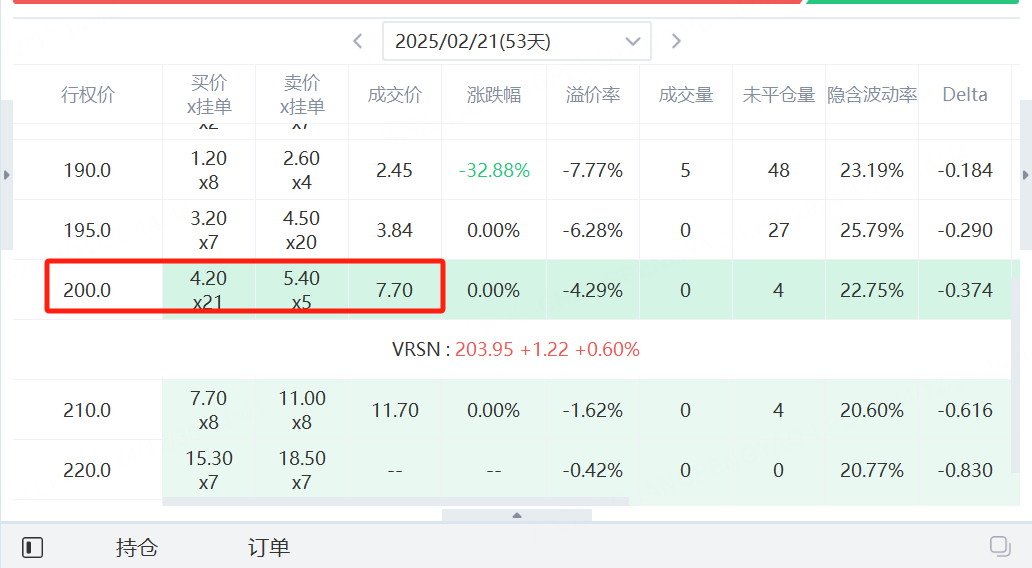Buffett's VeriSign Investment Signals Value Potential
According to the latest filings disclosed by the SEC, Warren Buffett’s Berkshire Hathaway has recently increased its investment in the internet domain registration company $威瑞信(VRSN)$ Over the past week, Berkshire spent an additional $28.55 million across three trading days to further increase its holdings in the company. Berkshire now owns approximately 13.7% of VeriSign, with a total market value close to $2.7 billion. This latest purchase added 143,424 shares to Berkshire’s position in the company.
This isn’t the first time Berkshire has made significant purchases of VeriSign stock. Since December 20, Berkshire has been steadily acquiring shares. According to Form 4 filings submitted to the SEC last Thursday (the 26th), Berkshire has spent a total of $73.95 million to acquire 377,736 shares at a weighted average price of $195.78 per share.

Data shows that as of last Friday’s close, $VeriSign (VRSN.US)$ has declined 0.98% year-to-date, significantly underperforming the $S&P 500 Index (.SPX.US)$, which has risen over 25% during the same period. However, this sluggish performance might represent the perfect “bargain” opportunity Buffett is known for seeking.
How to Capitalize on VeriSign’s Momentum: Selling Put Options
For retail investors who are optimistic about VeriSign’s future but don’t want to directly hold its stock—or who prefer to buy at a lower price—selling put options (Short Put) is a potential strategy. This approach involves earning premium income in exchange for taking on some risk, effectively acting as a bullish stance.
Example Analysis
Assume an investor believes the stock will not fall below $200 in the near future. The following put option could be sold:
Expiration Date: February 21, 2025
Strike Price: $200
Premium: $5
Profit Analysis
If the stock price stays above $200 at expiration, the option will not be exercised, and the investor earns the $5 premium per share.
For one contract (covering 100 shares), the total premium earned would be $500.
Risk Analysis
If the stock price falls below $200 at expiration, the investor will need to purchase the stock at $200 per share. The effective purchase cost, however, would be $195 per share (Strike Price $200 - Premium $5).
The risk lies in a potential significant decline in the stock price, resulting in unrealized losses.
Why Choose Selling Put Options?
Lower Entry Cost: If exercised, the effective purchase price is below the current market price.
High Flexibility: If the stock price doesn’t drop to the strike price, there’s no obligation to buy, and the premium income is retained.
Defined Income Potential: Even with minor price fluctuations, investors can still earn the premium income.
Conclusion
Buffett’s increased stake in VeriSign sends a clear signal to the market: the current valuation may hold substantial investment value. For retail investors, directly buying the stock might involve higher capital commitment and risk. However, selling put options provides a dual advantage—earning stable premium income while positioning to acquire the stock at a lower cost if prices drop. This strategy serves as an efficient tool for navigating such market opportunities.

Comments